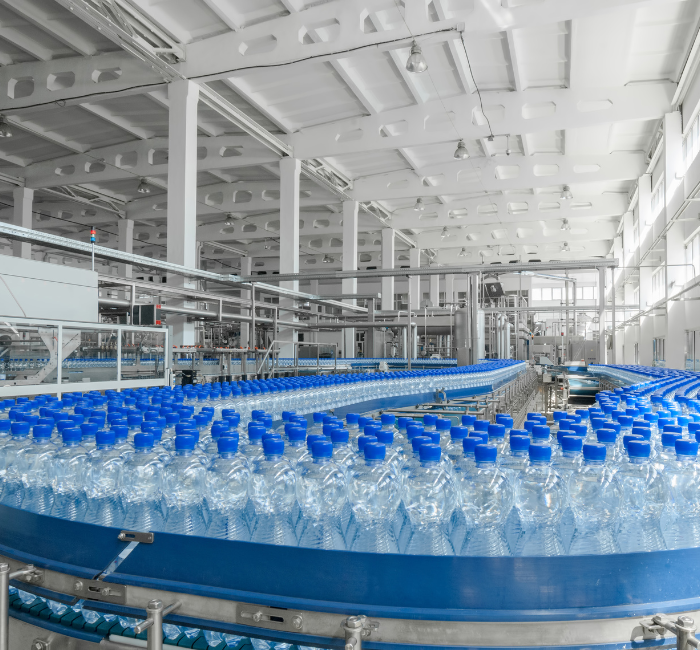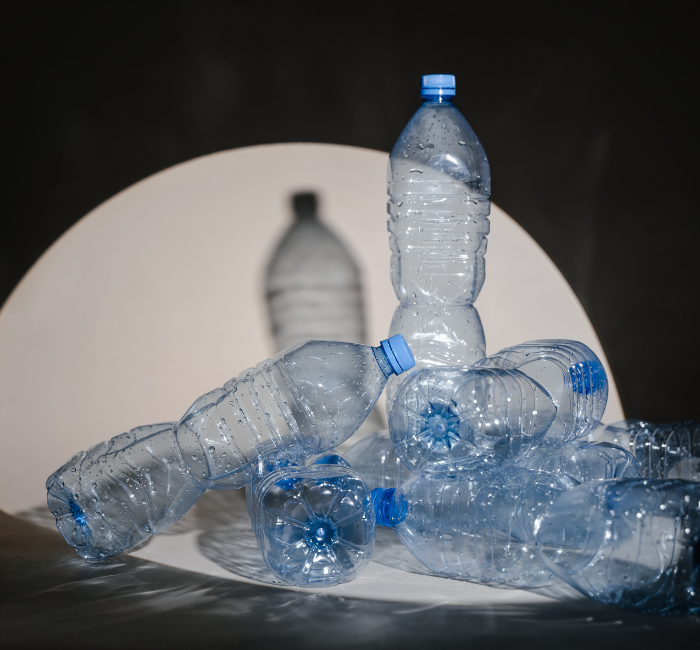Plastic packaging is everywhere—it's light, cheap, and easy to produce. But here’s the catch: its low upfront cost masks a pile of long-term expenses most businesses ignore. From disposal costs and recycling failures to consumer health concerns and brand damage, the true price of plastic goes way beyond the surface.
And here’s where it gets serious: consumers are paying attention.
If you’re still choosing plastic over glass for “cost savings,” you could be investing in the wrong place.
Let’s break down the numbers, the science, and the long-term impact—so you can make a smarter decision for your brand.
Is plastic packaging really cheaper than glass?

Not in the long run. While plastic packaging is cheaper to produce upfront, it carries hidden costs in environmental damage, complex recycling, consumer health risks, and brand reputation loss. Glass, though heavier, is 100% recyclable, chemically safer, and increasingly preferred by sustainability-conscious buyers.
The Real Cost of Plastic
Plastic costs about 50% less than glass to manufacture—but that’s only the beginning. When you account for its lower reuse rate, extra barrier layers, and breakage during shipping, plastic’s total cost quickly rises.
Consider these factors:
- Barrier Additives: Many plastic packages need multilayer barriers to protect food. These increase both cost and complexity (source: ScienceDirect).
- Lower Reuse Potential: Glass can be reused multiple times without losing quality. Plastic? Not so much.
- Shipping Losses: Lightweight plastics may sound great, but they’re prone to punctures and deformation during transit—causing product loss.
Bottom line: Glass’s durability and purity often make it the better long-term value.
Environmental Impact of Plastic
Plastic doesn’t disappear. Only 9% of all plastic ever made has been recycled (source: OECD). The rest ends up in landfills, oceans, or burned—polluting air and water.
What you’re really paying for:
- Landfill Costs: Non-recyclable packaging = more waste management fees.
- CO₂ Emissions: One ton of plastic emits 2.5 tons of CO₂ (source: WWF).
- Fossil Fuel Dependency: Plastic production heavily relies on petroleum.
By contrast, glass is 100% and infinitely recyclable, and recycling it uses 40% less energy than making new glass.
Plastic Packaging Health Concerns

Here’s what many brands gloss over: plastic packaging often contains harmful chemicals.
Health risks include:
- BPA and Phthalates: Found in many plastics, these are linked to hormone disruption, developmental issues, and cancer (source: NIH).
- Microplastic Leaching: Tiny particles can end up in the product—especially with heat exposure.
Glass is inert. It doesn’t react, degrade, or leach—making it the safer option for consumers and brands alike. And in a health-conscious market, safety is a selling point that pays off.
Brand Risk
Using plastic isn’t just a logistics decision—it’s a branding one. A 2023 survey found that 78% of consumers would stop buying from brands using unsustainable packaging (source). That means your packaging could be costing you customers.
Consumers associate glass with:
- Premium quality
- Sustainability
- Brand integrity
Ask yourself: when was the last time you saw a luxury product in plastic?
Switching to glass packaging is about more than the product—it’s about the perception. And in today's market, perception sells.
How to Switch to Glass
Worried about costs? You don’t have to overhaul everything at once. Here’s how smart brands are making the switch strategically:
Actionable ways to start:
- Test with one product line: Run a market trial using glass. Gather feedback and cost data.
- Use lightweight glass: New technology has reduced weight by up to 20%, lowering shipping costs.
- Join recycling partnerships: Team up with local programs to support closed-loop reuse.
- Make it part of your story: Use your label to explain the change. Customers respect transparency.
Final Cost Comparison
Plastic may win on cost today—but it loses everywhere else. Environmental damage, recycling limitations, consumer health risks, and PR fallout are costs that stack up fast.
Glass isn’t just a material swap. It’s a smarter investment, a branding move, and a public statement. It tells your customers you’re building for the future—not just the bottom line.
So, is plastic cheaper than glass? Not when you see the full picture.